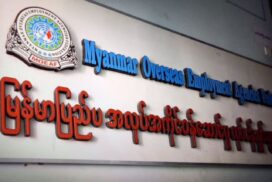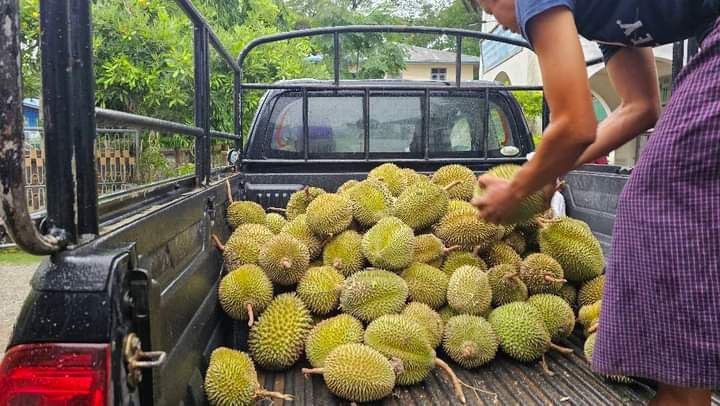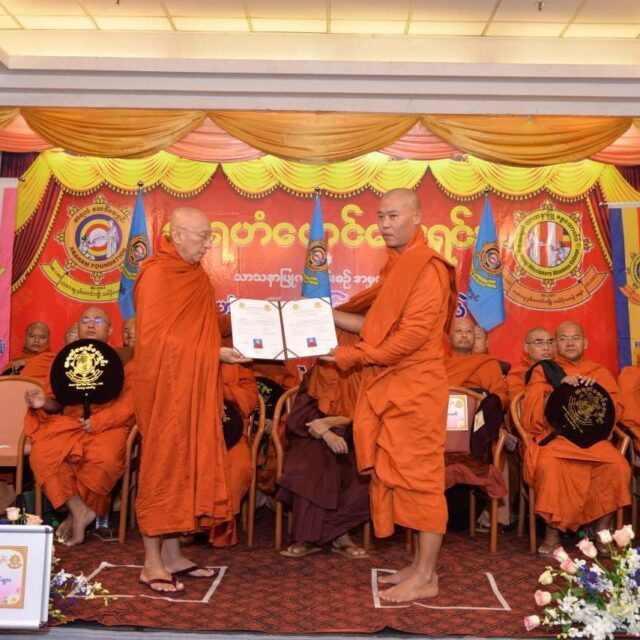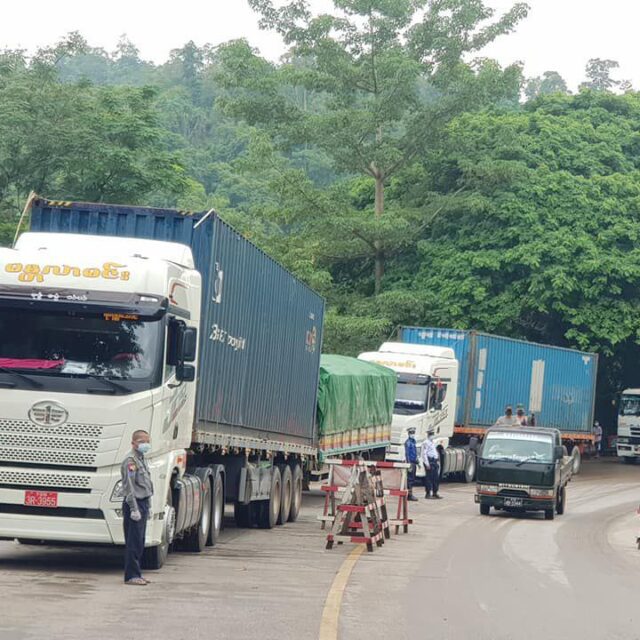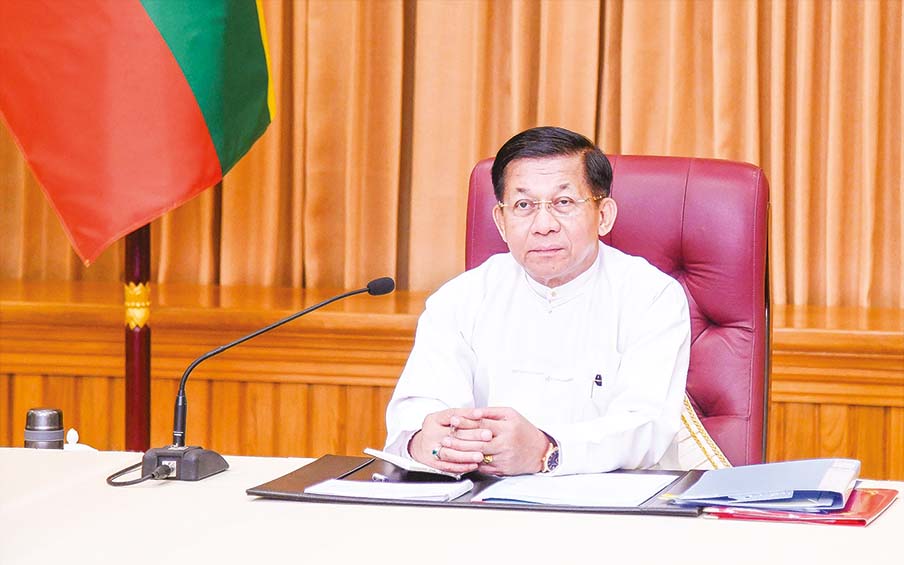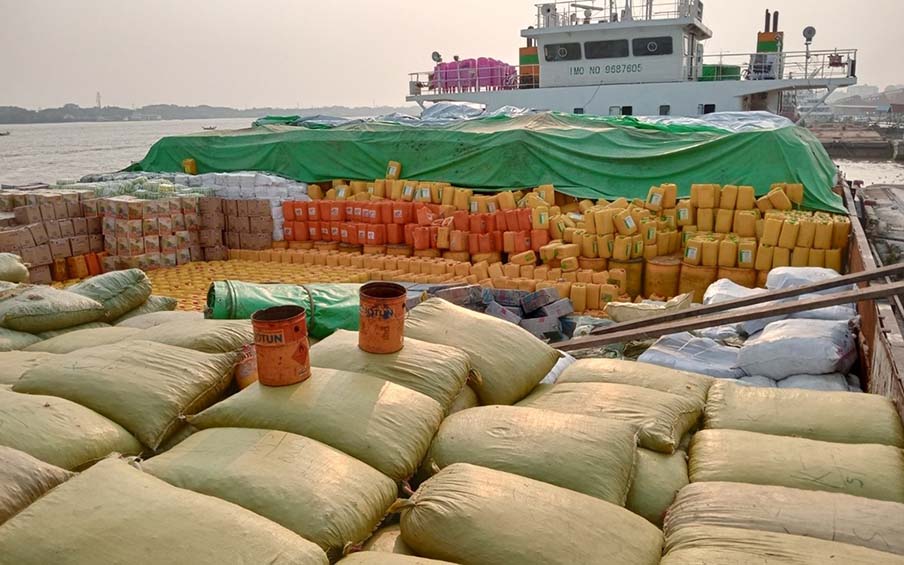Beware of the looming threat of air pollution stemming from wildfires and crop burning, a concern that Myanmar and its neighbouring nations — China, Laos, and Thailand — are actively addressing along their shared borders. The primary objective is to curb the spread of smog and smoke, which emanate from various sources, including forest fires.
The detrimental effects of air pollution on the health of border residents have become increasingly evident. Bangkok, Thailand, for instance, recently grappled with perilous levels of air pollution. Consequently, the Thai government has been fervently exploring effective measures to mitigate this issue and protect the well-being of its citizens. In response, authorities encouraged people to adopt a work-from-home arrangement to shield themselves from the adverse effects of pollution on their health.
A recent Reuters news report highlighted the multifaceted origins of air pollution in Bangkok, attributing it to crop-related burning, industrial emissions, and heavy traffic. The Thai Prime Minister emphasized that crop burning constituted the major contributor to the surge in pollution, accounting for approximately a quarter of the total pollution, while vehicle emissions also played a significant role.
Drawing insights from this situation, Myanmar should intensify efforts to raise awareness among farmers, urging them to abandon the slash-and-burn method in crop cultivation. This shift is crucial to prevent the release of harmful smoke into the atmosphere, thereby minimizing damage to crops and soil caused by wildfires. Simultaneously, providing technical and machinery assistance to local farmers for recycling agricultural waste can contribute to the promotion of sustainable agriculture and livestock breeding practices.
In recent days, the Myanmar-China Central Level Work Committee for Joint Forest Fire Protection convened to address the issue of air pollution resulting from forest fires along the Myanmar-China border. Myanmar has been actively working towards reducing fire hotspots and haze pollution since becoming a member of the ASEAN Agreement on Transboundary Haze Pollution (AATHP) in 2003.
As part of the collaborative efforts, Myanmar and China have decided to jointly undertake forest fire extinguishing and rescue operations along their shared border. This includes collaborating on capacity building for fire disaster protection, providing technical training for fire prevention, and enhancing surveillance and control of transboundary haze pollution.
Addressing transboundary haze pollution requires coordinated efforts among Myanmar and its neighbouring countries. Effective communication channels for exchanging information about imminent air pollution threats are essential, allowing timely rescue operations in disaster-prone areas. The shared commitment to tackling this environmental challenge is crucial for safeguarding the well-being of communities in the region.
Beware of air pollution triggered by wildfire, crop burning
- February 25, 2024
- 179





